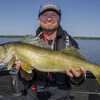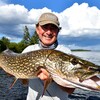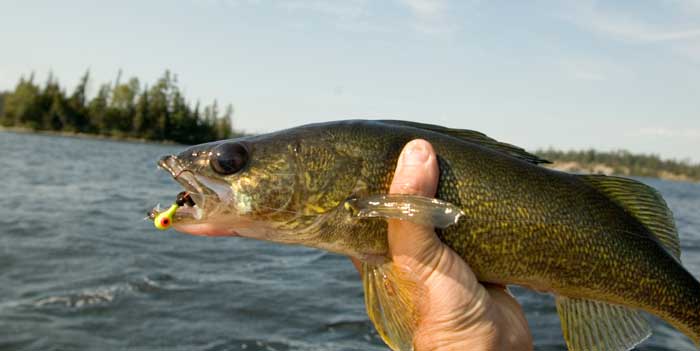
Fine Tune Your Walleye Bobber Presentation
The Northern Ontario walleye bite continues shifting into overdrive with the gloriously warm temperatures the region has been basking under this spring and early summer. I was out yesterday and found surface water temperatures at levels more common in late June, rather than the middle of the month. It has provoked the fish into an early feeding frenzy. I even spotted the first mayflies of the season and the shucks of recently emerged insects floating on the surface. A sure sign the walleye will be spreading out across the mudflats and gorging, like barnyard chickens, on the easy pickings. Especially, when you realize there can be as many as 100 protein-packed mayfly larvae in one square metre of the lake bottom.
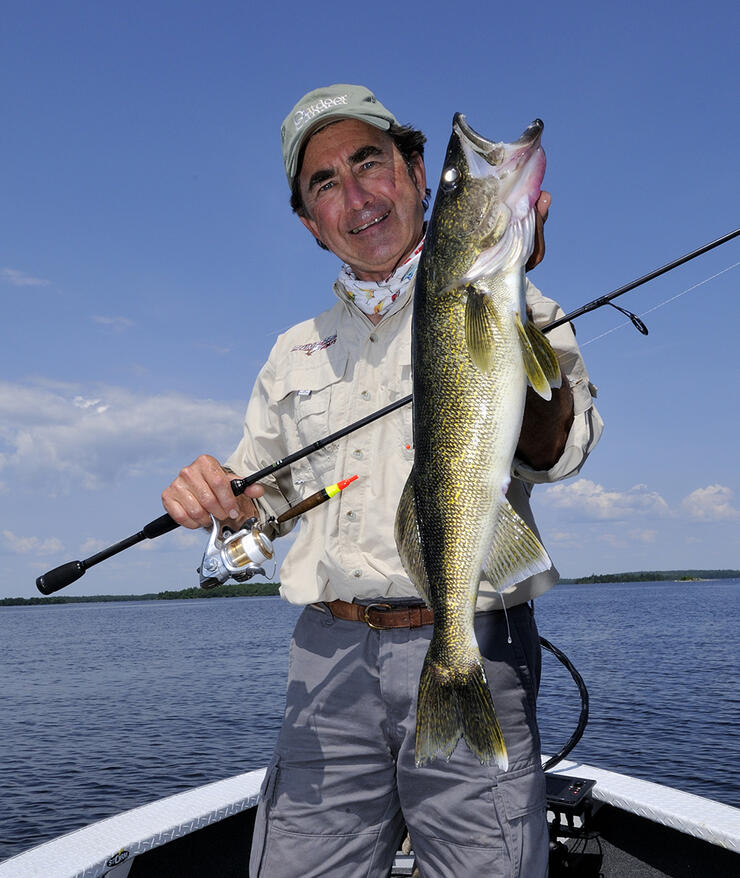
Because the walleye are spread out and not bunched up tightly, trolling spinner rigs and Slow Death techniques can be effective. But my all-time favourite way to catch them—as I was doing yesterday—is pitching slip bobbers. It is a dirt-simple technique, but there are several ways you can boost its efficiency and effectiveness even more.
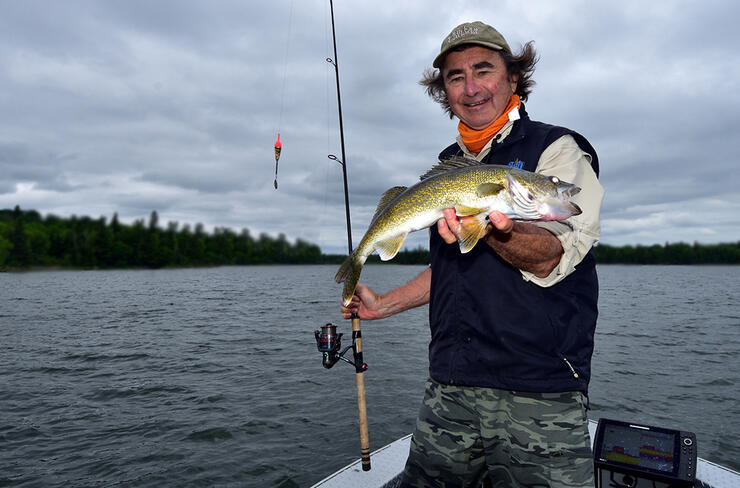
The first way is to find the flattest bottom sections possible. Sloping shorelines might still hold walleye, and you can catch them using other techniques, but they’re not ideal for slip bobber rigging where you fix the depth using a bobber stop. Let’s say, for example, that you find fish in 17 feet of water. So you set your bobber stop at 16 feet to keep your bait hanging about a foot up, in front of their noses. If you are fishing a shoreline that slopes down at even a moderate grade, however, your bait will be only in the sweet zone for a short length of time before the wind and waves wash it away.
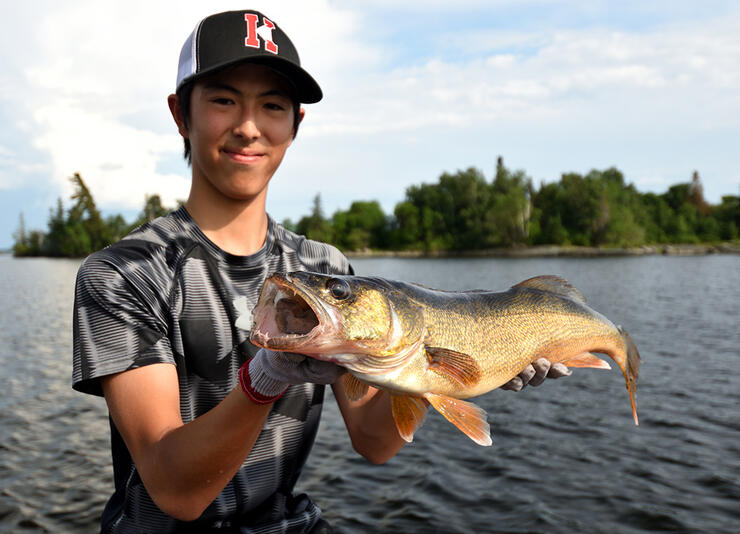
The second thing I always pay attention to is the strength of the wind because a steady breeze—even slightly choppy seas—can be helpful. Too many folks try to hide from the wind, but you can use it as your ally. Yesterday, for example, the best school of walleye I found allowed me to perfectly position the boat downwind from them. I put my Ultrex electric trolling motor on spot-lock, to hold me in position, and then cast upwind and cross breeze so that my slip float and bait drifted back toward me. All I had to do after making the cast was to slowly wind in the slack line as the ripples and waves imparted all of deadly up and down action.
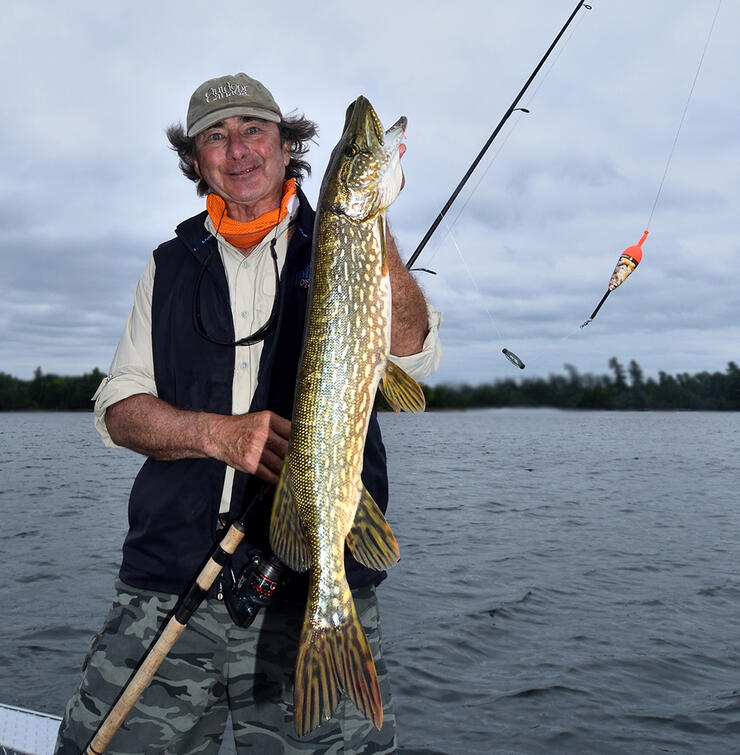
Keeping only a slight amount of controlled sack line between you and your float this way is important, especially if you have kids and folks in the boat who haven’t fished with slip bobbers. That is because when a walleye takes the bait, and you see the float dip down, the tendency is to immediately set the hook. But if you haven’t kept your bobber on a relatively short leash, all you accomplish is straightening out the line and the fish drops the bait and swims away. Far better, when you see your bobber go under, is to point the tip of your rod toward the fish, reel line in quickly and set the hook when you feel the weight at the other end.
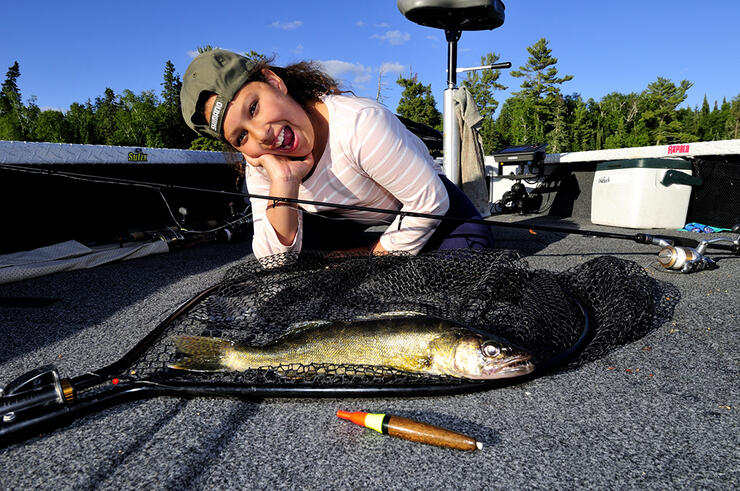
It is worth mentioning, too, that it pays to give the walleye as many dining options as possible. So put minnows, leeches, and nightcrawlers on the menu and let the fish decide how they want to dine out. Truth be told, leeches are my go-to bait for slip bobber fishing at this time of year, but I have a good friend who doesn’t like handling them. He opts for minnows and, confession, many days matches my catch rate. The one big caveat when you use minnows is that you must hook them properly, and that is not through the nose or up through the lips. Instead, take the tip of your hook and insert it lightly under the skin just behind the dorsal fin so it emerges and winds up pointing toward the head and not the tail. You’ll double your hook-up ratio and find yourself constantly yelling, "Bobber down!"
Where to Walleye fish in Northern Ontario
Recommended Articles

Predicting Lake Thickness

3 Great Ontario Walleye Destinations
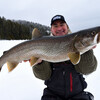
Rigged for Ice Fishing Success
Bronzebacks of the Whalesback

10 Facts About Lake of the Woods
Don’t Be Afraid Of Muskies

Nipigon Brook Trout

Eating Northern Pike

Beaded Lures

Wild Brook Trout
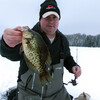
Epic Ice in Northwestern Ontario
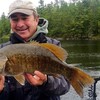
Go Junk Fishing
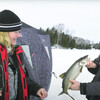
Preparing for Ice Fishing
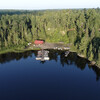
Dream Fishing Trips
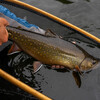
Adventures on the Nipigon River

Family Fishing Getaway
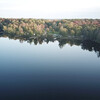
Ned Head Walleye of Algoma

Fishing is Like Golf

The Perfect Shore Lunch

